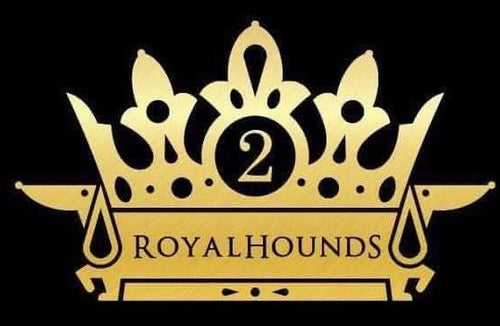Dachshunds and IVDD.
If you own a dachshund, we highly recommend that you read up and learn about Intervertebral Disc Disease (IVDD). This is our breeds’ number one health problem, with one in four affected.
When I lived in London, I was fortunate enough to spend some years volunteering for the Dachshund UK Breed Council. During that time, I attended seminars with leading neurologists at the Royal Veterinary College London.
Being a nurse, I had always had a keen interest and passion learning more about it as my very first dachshund Schultz (pictured) sadly went down to IVDD some years ago now. Little information was around back then like there is today and as a dachshund owner we simply relied on our vets to inform us as best they could. Fortunately, that has changed over time and now we have many informative platforms to read up and educate ourselves on this crippling disease.
What is IVDD?
In a nutshell IVDD is degeneration and calcification of the spinal discs. This calcification, as it builds up, potentially starts to cause compression of the spinal cord and in some cases causes a complete disc herniation, rupture, bulge or displacement. Why does it happen so easily? Unlike in us humans whereby the spinal cord sits and runs through the middle of our intervertebral discs, in dogs the spinal cord sits outside the intervertebral disc essentially unprotected. So, when calcification builds up it applies direct pressure to the spinal cord. When spinal cord compression occurs, we start to see the signs and symptoms of IVDD. There are different stages to IVDD and some dachshunds start to show signs and symptoms quite early as the calcification builds up and starts to apply pressure to the spinal cord. But others don’t show any signs and are suddenly often found completely paralysed due to a complete herniation or rupture. Either way we highly recommend that as a responsible dachshund owner you read and up and learn all about the signs and symptoms so you know how to act should your dachshund start to show those signs.
When IVDD strikes time is of the essence in ensuring the best outcome for your dachshund. Our motto is ‘Being forewarned is being forearmed’
How can I learn about IVDD?
Here in Australia we have a dedicated website for dachshund owners to read up and learn all about IVDD. It also has up to date resources for you should you find your dachshund suddenly affected. We highly recommend you visit this website and digest its contents www.ivdd.org.au
If your dachshund is sadly affected by IVDD then you also have access to a dedicated support group for owners here in Australia https://www.facebook.com/groups/dachshundivddsupportaustralia/
We also highly recommend the UK Dachshund Breed Council for further up to date information on IVDD and the latest developments.
https://www.dachshund-ivdd.uk/
In summary, IVDD in dachshunds is not a death sentence and many can go on to living happy ‘new normal’ lives after IVDD. My first dachshund Schultz was living proof of that.
He was struck down with IVDD at 7.5 years of age and peacefully passed away of old age at 15.
